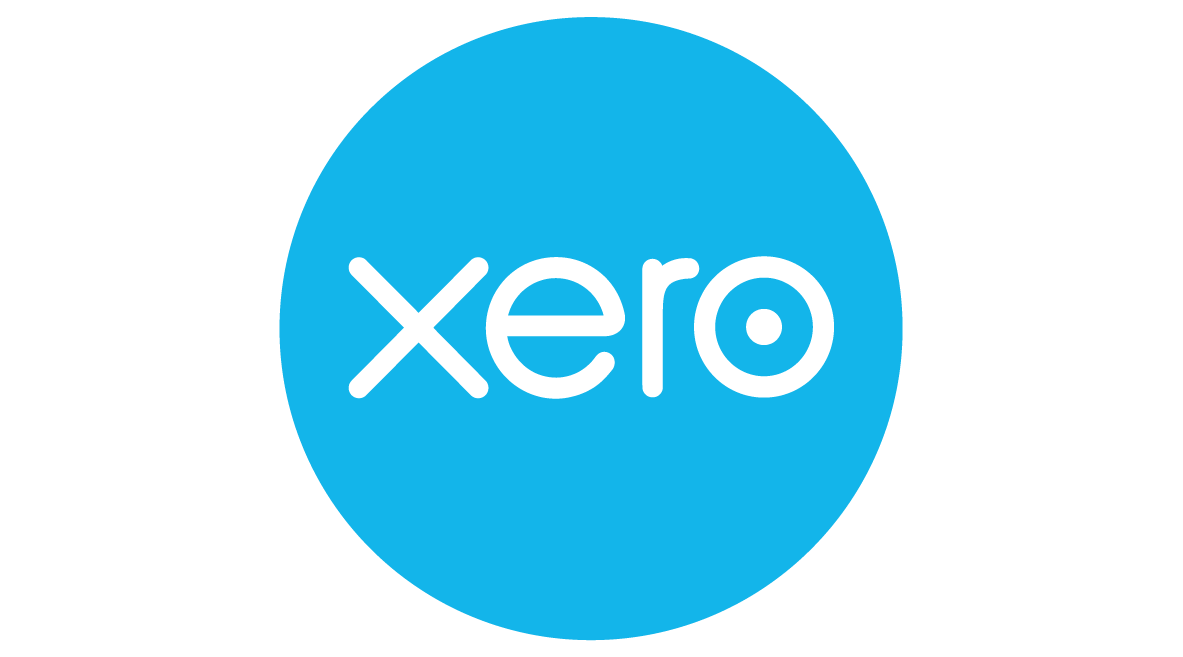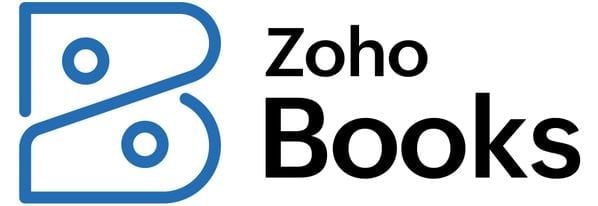Cash Flow: Definition, Uses and How to Calculate

Many or all of the products featured here are from our partners who compensate us. This influences which products we write about and where and how the product appears on a page. However, this does not influence our evaluations. Our opinions are our own. Here is a list of our partners and here's how we make money.
Cash flow is a measure of the money moving in and out of a business. Cash flow represents revenue received — or inflows — and expenses spent, or outflows. The total net balance over a specific accounting period is reported on a cash flow statement, which shows the sources and uses of cash.
Cash flow can help indicate the health of a business: Positive flow (more money moving in than out) can indicate solvency, while a negative value (more money moving out than in) can show that business expenses are higher than profits.
However, cash flow isn’t the ultimate measure of business performance. It’s a helpful tool, but it’s important to consider the cash flow statement alongside your income statement and balance sheet to ensure your business is thriving.
FEATURED
What is cash flow used for?
For larger companies, cash flow helps to determine the company’s value for shareholders. The most important factor is their ability to generate long-term free cash flow, or FCF, which considers money spent on capital expenditures.
For smaller businesses, positive cash flow can demonstrate business health. Positive cash flow ensures that a business can pay regular expenses, reinvest in inventory and have more stability in case of hard times or off-seasons.
A cash flow measure can also incorporate longer-term expenses and income that needs to be factored in, like pending charges from contractors or products sold on consignment.
What are the types of cash flow?
There are three main types of cash flow, which represent business expenses and profits from different sources. Cash flow types include:
Cash flow from operations
This term refers to the cash generated from normal business operations, including money taken in from sales and money spent on goods like materials and inventory. It also factors in overhead expenses and employee salaries.
The total value — operating expenses subtracted by cash received from sales — is usually reported quarterly and annually on a business's cash flow statement.
Cash flow from operations can show whether or not a business is financially viable and determine whether outside financing like a loan is needed.
Cash flow from investing
This term refers to the cash generated from a business’s investments. Investments can include physical assets like equipment or property and securities like stocks and bonds.
Inflows from investing can include the sale of assets and interest from investments, while outflows can consist of asset purchases and losses from securities.
While cash flow from operations should usually be positive, cash flow from investing can be negative, as it shows that a business is actively investing in its long-term health and development.
Cash flow from financing
This term refers to the flow of cash used to fund a business. Cash flow from financing can include equity, debt, and cash moving between the business and its investors or creditors.
All funds associated with raising capital to start or expand a business fall under this category.
Cash flow vs. income vs. profit vs. revenue
Cash flow can often be confused with similar business finance terms. Here are a few clarifications:
Revenue refers to income earned from selling goods or services, even money that isn’t yet available to the business; cash flow tracks actual outflows and inflows in a given period.
Profit refers to the amount left over after subtracting expenses from revenues; cash flow is the amount of money flowing in and out of a business.
Income statements show revenues and total expenses; cash flow statements show a business’s exact cash inflows and outflows.
Calculating cash flow separately from these measures is essential, as the value can be significantly different depending on the business structure.
How is cash flow represented in financial statements?
Businesses report their cash flow in a monthly, quarterly or annual cash flow statement. The statement reports beginning and ending cash balances and shows where and how the business used and received funds in a given period.
A cash flow statement shows how well a business can earn cash, manage expenses and pay off debts and investments. It works alongside a company’s balance sheet and income statement, and public companies must report their statement as of 1988, according to the Financial Accounting Standards Board.
Balance sheet: totals assets and liabilities.
Income statement: shows the business's profitability during a specific period.
Cash flow statement: resolves the other two statements by showing whether revenues have been collected and expenses paid.
The primary value on a cash flow statement is the bottom line item, which is likely the net increase or decrease in cash and cash equivalents. This value shows the overall change in the company’s cash and easily accessible assets.
A way to check that your statements are consistent: The ending balance of a cash flow statement will always equal the cash amount shown on the company's balance sheet.
How can you calculate cash flow?
1. Start with the opening balance.
The opening balance is the total amount of cash in your business accounts.
2. Calculate cash sources (inflow).
This amount is the total money taken in during the period. It includes money received, not sales totals, as a longer-term contract might spread income over several months. Inflow includes cash in from loans, transfers, sales of assets and anything else brought into your business. This total, plus the opening balance, equals the total cash balance.
3. Determine cash uses (outflow).
This value is the total of all payments made, including rent, salaries, inventory, taxes and loan payments. Annual bills should be counted in the month they’re paid, even if your business spreads the budget over the year.
4. Subtract uses from balance.
To find your cash flow value, subtract the outflow total from step 3 from the total cash balance from steps 1 and 2. This final number will also be the opening balance for your next month or operating period.
Separating these calculations into categories — operations, investing and financing — can help clarify the state of your cash flow. A negative balance in investing is usually a good thing, while a negative balance in operations can be a red flag.

| Product | Starting at | Promotion | Learn more |
|---|---|---|---|
 QuickBooks Online NerdWallet Rating Learn more on QuickBooks' website | $30/month Additional pricing tiers (per month): $60, $90, $200. | 50% off for first three months or free 30-day trial. | Learn more on QuickBooks' website |
 Xero NerdWallet Rating Learn more on Xero's website | $15/month Additional pricing tiers (per month): $42, $78. | 30-day free trial or monthly discount (terms vary). | Learn more on Xero's website |
 Zoho Books NerdWallet Rating Learn more on Zoho Books' website | $0 Additional pricing tiers (per month): $20, $50, $70, $150, $275. | 14-day free trial of the Premium plan. | Learn more on Zoho Books' website |
 FreshBooks NerdWallet Rating Learn more on FreshBooks' website | $19/month Additional pricing tiers (per month): $33, $60, custom. | 30-day free trial or monthly discount (terms vary). | Learn more on FreshBooks' website |

